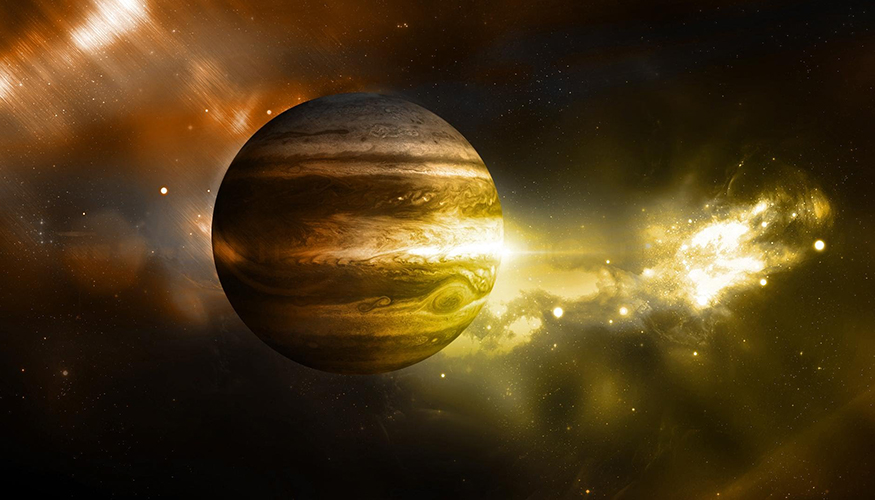Jupiter, the largest planet of our solar system, has been a goldmine for scientific mysteries and puzzling phenomena. The Juno mission sent out by NASA, which arrived at its appointed destination in July 2016 after covering a distance of two billion miles over a span of five years, seems to have succeeded in unraveling some of the mysteries associated with the planet. But there is still so much about Jupiter that astronauts and scientists struggle to make sense of. The notorious storms witnessed on the planet’s surface certainly top that list.
It is these zonal winds that result in the spectacular feature of colorful bands around the planet. One thing that experts have been inferring all along from the pattern of these storm movements is that these may not superficial in nature. Now, a new research by NASA may finally be able to answer just how deep into Jupiter’s interior do these intense winds run. According to an analysis of data from Juno, these winds may not be as serene as they seem to be on the surface and are likely to extend up to 1,900 miles or 3,000 kilometers into Jupiter’s interior.
So far, the only thing the scientists knew about these wind patterns with certainty was that they blow in different directions, some going east to west, others west to east. According to the findings of the international team announced at the recently concluded American Astronomical Society’s Division for Planetary Sciences meeting, these winds are not shallow or placid storms by any measure.
Data from Juno reveals that the gravitation field of the planet is tilted, which results in these unusual wind patterns with markedly different characteristics in the Northern and Southern hemispheres. It is this assimilation of gravity signals that has led scientists to suggest that the zonal winds could extend a few thousand kilometers and that there was even a possibility to different layers of winds within Jupiter’s interior. In lay terms, the structure of Jupiter’s wind currents and storms could be a lot like that of onions.
Scientists are now in the process of analyzing Juno’s data to ascertain the depth of Jupiter’s Great Red Spot. Jupiter might, after all, be withholding a great deal of chaos and turmoil inside while maintaining a painfully resplendent exterior. Like so many of us.
Source: Inverse


